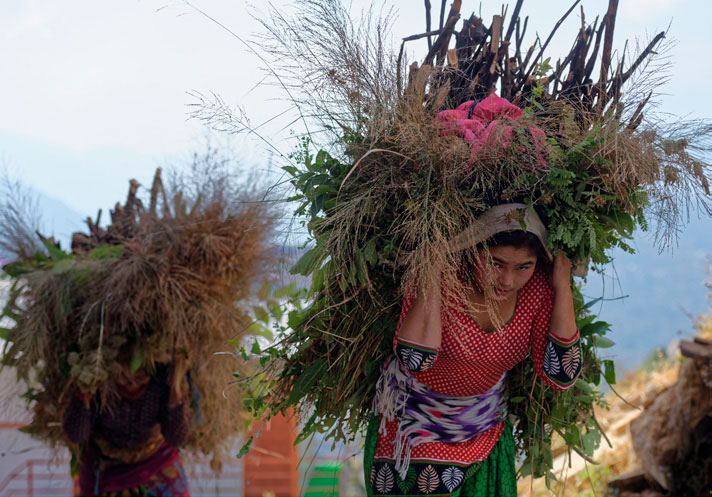On September 12th, 2022, the International Labour Organisation (ILO) released their latest estimates and revealed that 50 million people worldwide are trapped in modern slavery with women (54%), children (1 in 4) and migrants most affected.
Modern slavery
Modern slavery is defined by Anti-slavery International as “the severe exploitation of other people for personal or commercial gain”. In this sense, modern slavery can have different forms where the victim is being overly exploited and/or employed under severe circumstances.
The UK’s Metropolitan police published signs about modern slavery to sensitise people to the problem and to encourage them to report it. The signs include physical abuse, malnourishment, bad work conditions and suspicious work buildings, etc.
Modern slavery can also have different forms as pointed out by Anti-slavery International. These include human trafficking, forced labour, debt bondage, descent-based slavery, slavery of children, and forced and early marriage. Nevertheless, the most prominent forms of slavery are forced labour and forced marriage.
Forced Labour
The ILO Forced Labour Convention defines forced labour as “all work or service which is exacted from any person under the menace of any penalty and for which the said person has not offered themselves voluntarily”. It includes any form of coercion that compels workers to work against their will.
Out of the 50 million people who are suffering from modern slavery, 27.6 million are victims of forced labour. The numbers have increased by a dramatic 2.7 million between 2016 and 2021. The COVID-19 pandemic rendered the situation worse since it left numerous people with immense debts to cover and worsened working conditions for many people.
The report also points out that although forced labour is an issue that’s more noticeable in less developed countries, it is a global concern with significant numbers in every single continent regardless of wealth.
Forced labour can be found in the public sector (37%) as well as the private sector (63%). The most notable cases are in services related to manufacturing.
The different forms of forced labour include sexual exploitation, bad working conditions and extreme overwork.
Forced Marriage
Forced marriage is a “complex and highly gendered practice” as explained by the ILO. Women and girls are the most affected even though both men and boys can be forced in to marriage as well.
The rates of forced marriage are alarming. 22 million people are estimated to be living in a forced marriage situation in 2021 compared to 2016 when the numbers were less by 6.6 million. Although a global concern, 14.2 million of those reported are in the Asia-Pacific region. The COVID-19 pandemic has exacerbated the situation.
Girls and women are the most affected constituting two-thirds of those forced to marry. The forms of coercion can be verbal and emotional abuse or physical threats with the perpetrators mostly being members of the victims’ families or their close relatives.
It was also noted that those who end up in situations where they are forced to marry face the risk of sexual exploitation, domestic abuse and violence.
Ending forced labour and forced marriage?
The ILO report provides recommendations on what can be done to end forced labour and forced marriage by 2030.
In terms of forced labour, the ILO proposes respecting workers’ freedoms and extending social protection to include their family members. “Fair and ethical” recruitment and working practices need to be addressed. In order to detect violations of good working practices, the ILO also proposes strengthening and providing public labour inspectorates. People who have been the victims of forced labour should expect to be protected and to be provided with access to remediation as a form of compensation.
International partnerships and cooperation are also encouraged in order to counter human trafficking, child labour and any other form of aggression and coercion towards workers and vulnerable communities.
Concerning ways to end forced marriage, the ILO provides 6 points that need to be addressed. Some of these points are related to policies and legislations to prohibit such practices, as well as providing public services for victims. The other areas to be addressed relate to protecting the rights of vulnerable communities, setting age limits on marriage and addressing the vulnerabilities of migrants and children.
Link to the report: https://www.ilo.org/wcmsp5/groups/public/—ed_norm/—ipec/documents/publication/wcms_854733.pdf












